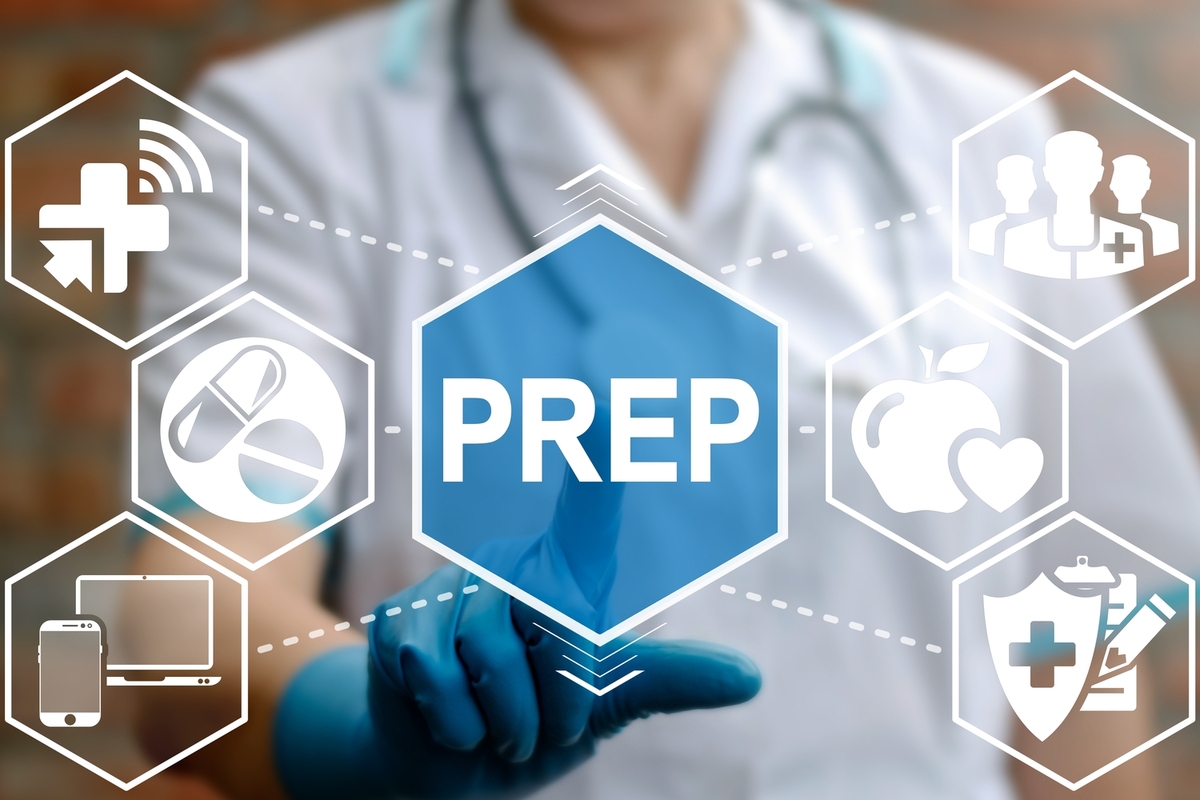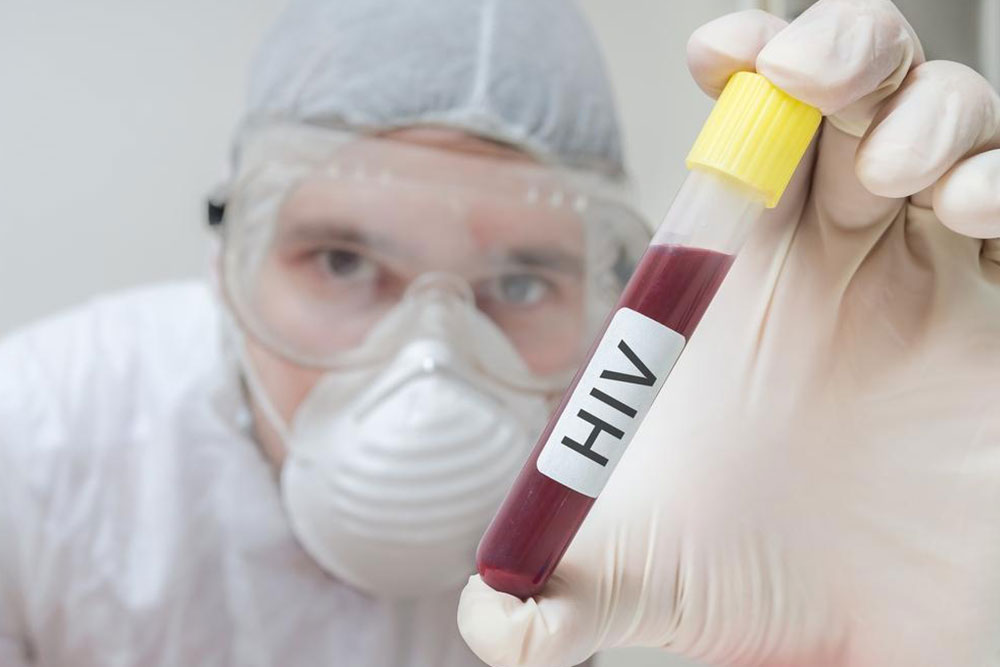Comprehensive Guide: How Insurance Impacts the Cost of PrEP and Ways to Make It More Affordable
This detailed article explains how various insurance plans influence the costs of PrEP, highlighting factors like co-pays, deductibles, and medication types. It offers practical strategies, including assistance programs and choosing generics, to help individuals reduce expenses and access affordable HIV prevention. Perfect for those seeking to understand and navigate insurance coverage for PrEP, this guide empowers users with essential knowledge to make informed financial decisions and maintain effective HIV prevention strategies.

Understanding the Influence of Insurance on PrEP Costs: An In-Depth Overview
Pre-exposure prophylaxis (PrEP) stands as one of the most effective preventive measures against HIV infection. Designed for HIV-negative individuals at higher risk, PrEP significantly reduces the chance of contracting the virus when taken consistently. As awareness of PrEP grows and more people seek access to this life-changing medication, many questions about its affordability come to the forefront. Notably, how does insurance influence the overall cost of PrEP, and what options are available to help minimize out-of-pocket expenses? This comprehensive guide delves into the factors impacting PrEP costs with insurance, provides practical tips for maximizing coverage, and highlights assistance programs that can make PrEP more affordable for everyone.
What Exactly Is PrEP?
Pre-exposure prophylaxis (PrEP) involves the daily use of specific antiretroviral medications by HIV-negative individuals to prevent HIV infection. When taken correctly, PrEP reduces the risk of transmission by up to 99%, making it a powerful tool in combating the spread of HIV globally. Currently, two medications have received FDA approval for PrEP use: Truvada and Descovy. Both medications, when used consistently, provide high efficacy; however, the cost of these drugs can vary significantly based on various factors, including insurance coverage, medication types, and associated healthcare services.
Key Factors That Influence PrEP Costs with Insurance
Even with insurance coverage, the final cost of PrEP can be influenced by multiple factors. Understanding these variables can help individuals plan better and potentially reduce their expenses. The primary factors include the type of insurance plan, co-pays, deductibles, medication choices, assistance programs, and the costs associated with lab tests and medical visits.
1. Variations in Insurance Plans and Their Coverage Details
The type of insurance plan you hold plays a crucial role in determining your out-of-pocket expenses for PrEP. The landscape of insurance coverage is diverse, with private insurance, Medicaid, and Medicare each offering different levels of support.
Private Insurance: Most private health plans include coverage for PrEP medications, but the specifics regarding co-pays, co-insurance, and deductibles can vary. Some plans might cover most costs, while others require significant out-of-pocket payments, especially before reaching deductibles.
Medicaid: Medicaid typically provides comprehensive coverage for PrEP, including the medication, doctor visits, and necessary lab tests. Still, specific coverage details can differ by state, as Medicaid programs are administered at the state level, leading to variations in coverage and associated costs.
Medicare: For those eligible for Medicare, PrEP falls under Medicare Part D, which covers prescription drugs. While medication costs are often covered, additional expenses for visits, testing, and monitoring may still require out-of-pocket payments.
2. The Impact of Co-pays and Deductibles
Co-payments are fixed amounts paid for specific healthcare services, medications, or prescriptions, while deductibles are the amount paid out-of-pocket before insurance begins to cover costs. Even with insurance, understanding how these components work can significantly influence your overall expenses for PrEP.
Typical Co-pays: For doctor visits, lab tests, and prescriptions, co-pays often range from $0 to $50. For the medication itself, monthly co-pays can vary from $0 to $150, depending on your insurance plan and whether you're using brand-name or generic drugs.
Deductibles: Depending on your insurance, you may need to pay a certain amount upfront—potentially hundreds or thousands of dollars—before your insurance coverage activates for PrEP-related services and medications.
3. Choosing Between Generic and Brand-Name PrEP
The type of medication significantly impacts the cost of PrEP. Generic medications are generally more affordable and are often fully covered by insurance plans, making them the preferred choice for cost-conscious individuals.
Generic PrEP: Generic versions of PrEP, such as generic Truvada, usually cost around $60–$80 monthly for those without insurance. With insurance, co-pays can often be minimized or eliminated, making it an accessible option for many.
Brand-Name Medications: Brand-name drugs like Truvada and Descovy can be considerably more expensive, reaching up to $2,000 monthly if paid out-of-pocket. However, most insurance plans provide coverage that significantly reduces this cost, sometimes down to minimal co-pays or full coverage.
4. Assistance Programs and Prescription Coupons
If insurance coverage is insufficient or if co-pays are still high, several assistance programs and coupons are available to offset the costs and make PrEP more affordable for users facing financial challenges.
Gilead Advancing Access Program: This program offers coupons that can cut down co-pays to zero, effectively making PrEP free for eligible individuals.
Patient Assistance Programs (PAPs): Many non-profit organizations and pharmaceutical companies provide assistance to individuals who cannot afford PrEP, including medication cost support and free or low-cost lab tests and healthcare visits.
5. Cost Considerations for Lab Tests and Medical Check-ups
Routine monitoring is essential for individuals on PrEP to ensure medication safety and effectiveness. These include blood tests and regular healthcare appointments. Insurance coverage can help reduce these costs, but out-of-pocket expenses can vary based on individual plans and healthcare provider policies.
Lab Tests: Blood work is required before starting PrEP and typically every three months thereafter. Without insurance, annual lab costs may total around $500, but with insurance, such costs could be fully covered or limited to a small co-pay.
Doctor Visits: Regular check-ins are necessary for prescription refills and health monitoring, often costing between $50 and $150 per visit, depending on your insurance and healthcare provider.
Cost Breakdown Comparison for PrEP and Related Services
PrEP Medication: Uninsured: $1,500–$2,000/month; Insured: $0–$150/month with co-pays.
Generic PrEP: Uninsured: $60–$80/month; Insured: $0–$30/month.
Doctor Visits: Uninsured: $50–$150; Insured: $0–$50.
Lab Tests: Uninsured: approximately $500 annually; Insured: $0–$150 annually.
Annual Deductible: Not applicable without insurance; with insurance, typically ranges from $0 to $1,500.
Strategies to Maximize Your PrEP Coverage and Savings
Review Your Insurance Policy: Fully understand your plan’s coverage details, including co-pays, deductibles, and covered services related to PrEP.
Use Assistance Programs: Take advantage of coupons, patient assistance programs, and manufacturer support to lower out-of-pocket costs.
Choose Generic Medications: Opt for generic PrEP options to achieve significant savings and improve coverage potential.
Consult Healthcare Providers: Talk with your doctor or pharmacist about your insurance plan and assistance options to optimize your coverage and reduce costs.
Access to affordable PrEP is attainable for many through a combination of insurance and external assistance programs. Staying informed about your insurance benefits and actively seeking support services can greatly reduce costs and improve access to HIV prevention strategies.
References:
CDC on PrEP
Gilead Advancing Access Program
Healthline: Costs of PrEP
This comprehensive guide offers vital insights into how insurance affects PrEP costs and provides practical approaches to make the medication more affordable, ensuring broader access for all at risk of HIV.





